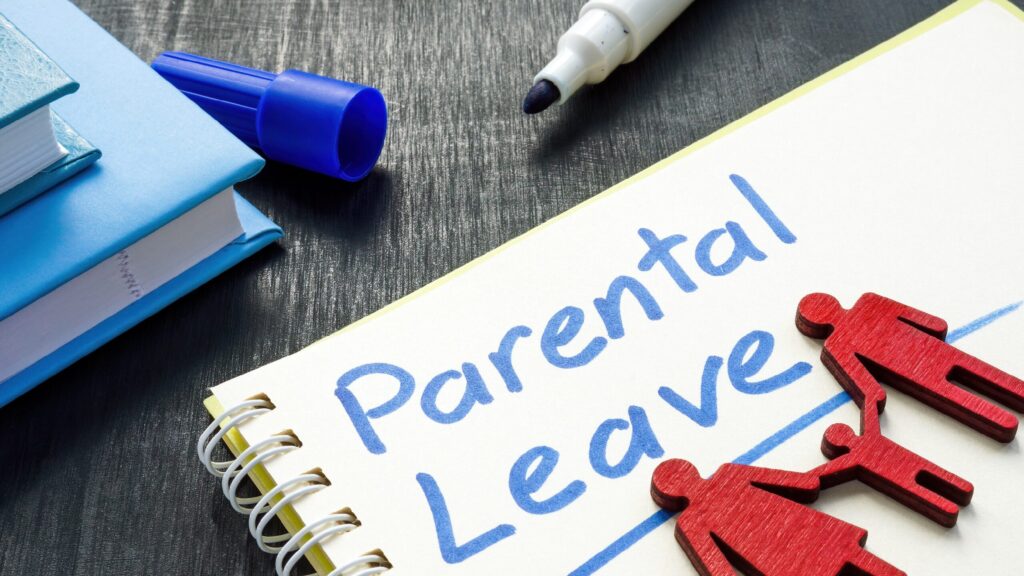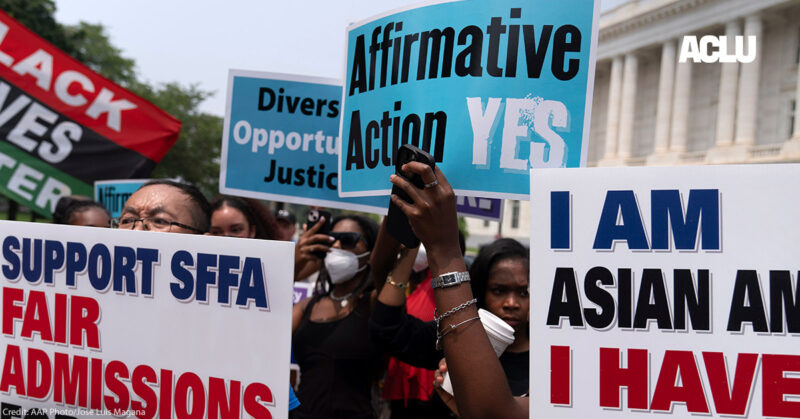
A Parental Leave policy is a necessity for Massachusetts employers. The Massachusetts Paid Family and Medical Leave Act (PFML) became effective in January 2021 and provides for 12 weeks of family leave to bond with a child within the first 12 months following the child’s birth, adoption, or foster care placement.[1] When drafting parental leave policies, employers should be guided by the PFML while also considering the needs of their employees and the standards of their industry.
PFML Framework
Guided by PFML, employers should ensure that their policies contain sections addressing the below:
Eligibility
Generally, Massachusetts employees are eligible provided that they meet the minimum earnings requirement (currently, $6,300) established annually by the Department of Unemployment Assistance during the previous 4 calendar quarters.
Parental Leave Policy Duration
Under PFML, eligible employees are entitled to up to 12 weeks of parental leave.[2]
Payment
PFML benefits are not paid directly by the employer. Instead, the benefits are paid from either a fund maintained by the Commonwealth of Massachusetts or by a special insurance policy approved by the state. The weekly amount an individual may potentially receive under PFML is calculated as a percentage of the employee’s wages pursuant to a formula contained in the law. The amount is capped, however. In 2024, the maximum weekly benefit for employees is $1,149.90.
Notice
While precise notice of an impending leave may not be practical in all case, 30 days’ notice is preferred under PFML when the leave is foreseeable. Employers may also consider requiring notice of an employee’s return from parental leave. For all forms of notice, the policy should clearly explain how an employee is required to provide notice and to whom the notice should be given.
Benefits Beyond Statutory Requirements
For many employers, providing additional benefits beyond those required by PFML may be a valuable method of attracting and retaining employees in a competitive market. Some common additions to the minimum requirements that employers may want to consider are:
Top-off Payments
Employers may consider supplementing the money its employees receive through PFML so that the employees receive 100% of their base compensation for some or all of the 12-week benefit period. Alternatively, employers may consider permitting employees to use PTO to top up their PFML payments.
Intermittent Leave
While PFML permits employees to take benefits intermittently, this can only be done if the employer agrees. Many employers prefer to address this on a case-by-case basis, rather than issue a blanket permission (or prohibition) in their leave policy, in order to balance the needs of the individual versus the needs of the business. For employers taking this approach, the parental leave policy should articulate the framework for an employee to make a request for intermittent leave and identify the individual(s) responsible for deciding whether to approve the intermittent leave.
Extended Leave
Some employers may consider offering additional parental leave to employees beyond the 12 weeks provided by PFML. Employers considering this approach should be sure to clarify whether this additional time will be paid or unpaid.
Incentive Compensation
Employers who provide incentive compensation to employees should clarify in their policy whether an employee’s incentive compensation will be affected by his or her parental leave, and, if so, explain the effect the parental leave will have
Employers to Remember
- Display the required workplace poster informing workers of the benefits available to them under PMFL law. The poster can be viewed and downloaded.
- Implement a parental leave policy before you need it.
- Apply your parental leave policy fairly and equitably to all similarly situated employees.
Drafting parental leave policies can quickly become a complicated task. For help tailoring a parental leave policy to your company’s needs, contact Gesmer Updegrove.
[1] This article discusses parental leave for family bonding only. The Paid Family and Medical Leave Act also provides benefits and job protection for employees who qualify for medical leave or other types of family leave. Employers should consider drafting a comprehensive policy that addresses all facets of leave provided for under PFML. [2] Under PFML, employees who give birth are also entitled to an additional six to eight weeks of medical leave, which runs consecutively with their family bonding leave.
Meet the Author:
Check Out Our Latest Publications:
- Alumni Ventures

- CLIENT ALERT: Appeals Court Blocks Preliminary Injunction On Key Provisions of the DEI Executive Order

- Client Update – Executive Order Upends Affirmative Action For Federal Contractors and Opens Door to False Claim Act Liability

- How to Find Venture Capital for Early-Stage Scaling Companies

- How to Find Angel Investors for Early-Stage Scaling Companies

- Corporate Transparency Act: Nationwide Injunction In Effect Again; All Filing Deadlines Suspended

